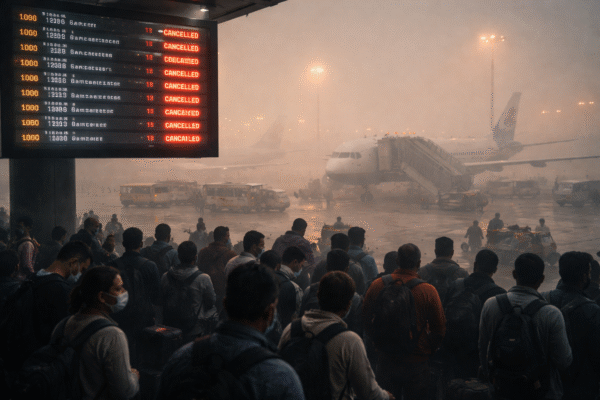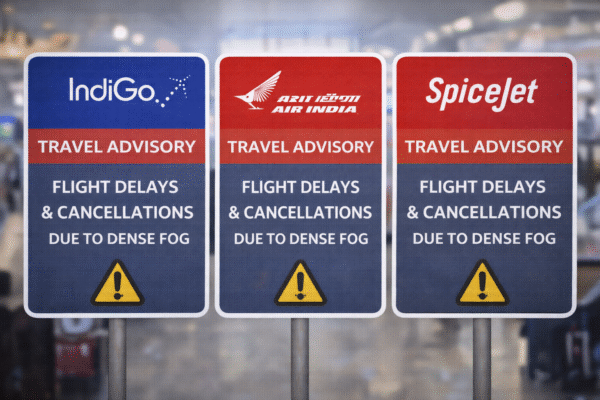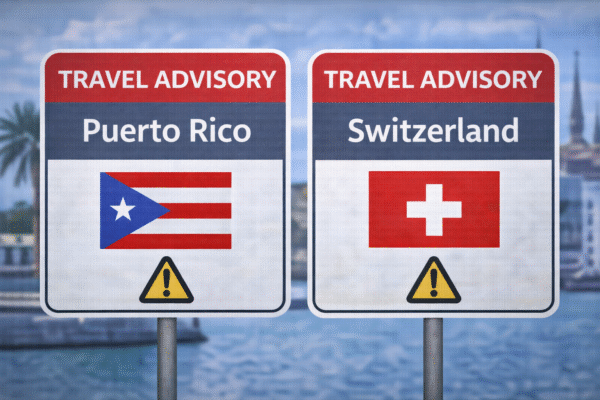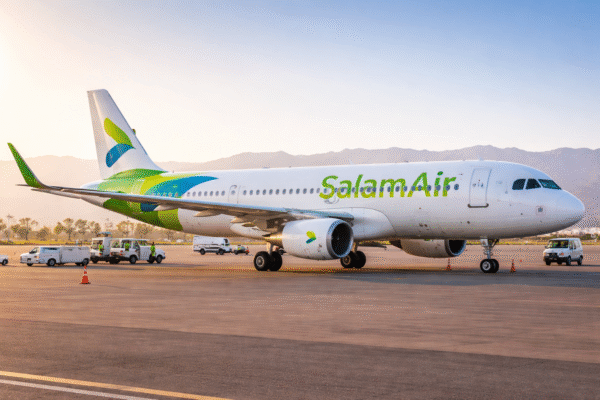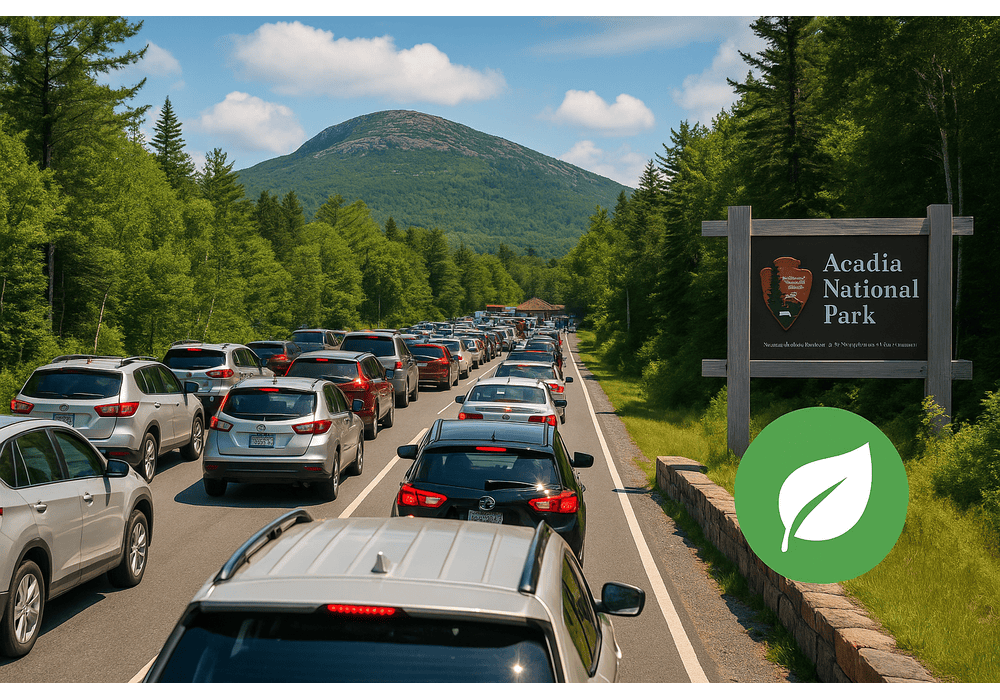MOUNT DESERT ISLAND, MAINE — With panoramic coastlines, dramatic granite peaks, and the breathtaking beauty of Acadia National Park, Mount Desert Island (MDI) has long been one of New England’s crown jewels of tourism. But the idyllic summer experience many travelers seek is increasingly being marred by traffic congestion, parking shortages, and infrastructure strain as visitor numbers hit record highs.
Once known for its tranquil allure, MDI is now grappling with a full-blown mobility crisis, particularly during the busy summer season when tourism swells to more than four million annual visitors, as reported by the National Park Service. This is a staggering number when compared to the island’s year-round population of just 11,000.
A Seasonal Paradise Faces Daily Gridlock
The growing challenge is clear on Route 3, the main causeway linking the island to the mainland town of Trenton. What was once a scenic drive has become a seasonal bottleneck, particularly on weekends and during peak tourism periods. Visitors often find themselves stuck in long queues, while locals face delayed commutes and limited accessto essential services.
“It’s no longer about just enjoying nature,” said a year-round resident from Bar Harbor, one of the island’s most popular towns. “It’s about planning your entire day around how bad the traffic might be.”
The issue is particularly noticeable in Acadia National Park, where iconic destinations like Cadillac Mountain, Jordan Pond, and the Park Loop Road now experience capacity crowding, gridlock, and frequent parking shortages.
Acadia’s Popularity Continues to Climb
Since the park’s centennial celebration in 2016, annual visitor numbers have surged beyond expectations. Acadia welcomed over 4 million visitors in 2021, a milestone previously unmatched in the park’s history. The number has remained consistently high in the years that followed, fueled by increased domestic travel and social media visibility of Acadia’s natural beauty.
However, MDI’s infrastructure has not evolved to meet the rising demand. The narrow, historic roads were never designed for modern traffic volumes, and with little room for expansion, residents and visitors now find themselves in a constant tug-of-war for space.
Housing Crisis Adds Another Layer to the Problem
Alongside its transportation woes, MDI faces a housing affordability crisis. Many homes on the island have been converted into vacation rentals, leaving fewer affordable options for locals and seasonal workers. This has resulted in a growing number of employees who must commute daily from the mainland, contributing to traffic congestion on the Route 3 causeway and throughout the island.
According to local housing data, long-term rentals have declined, while the number of short-term vacation units has ballooned. This shift has prompted concerns about sustainability and community preservation in the face of a booming tourism economy.
Island Explorer: A Helpful but Limited Solution
To address increasing congestion, the Island Explorer shuttle system was introduced in 1999. The free, eco-friendly bus service operates between late June and mid-October, linking all four towns on MDI and the Acadia National Park visitor center in Trenton.
While the service has helped reduce individual car use, it has not kept pace with the growing influx of tourists. The Cadillac Mountain summit, for example, is not serviced by the shuttle and now requires vehicle reservations due to overcrowding.
“The Island Explorer is a great initiative,” noted a spokesperson from Friends of Acadia, a nonprofit dedicated to preserving the park. “But expanding routes, frequency, and off-season availability is crucial for long-term impact.”
Infrastructure Projects and Future Plans
In an effort to ease pressure on the island, the Maine Department of Transportation (MDOT) is constructing a new park-and-ride facility in Trenton, designed to serve as a gateway for visitors using the Island Explorer. Originally slated for a 2025 opening, the project has faced delays, though it remains a key strategy in reducing island-bound vehicle traffic.
Local officials and regional tourism advocates are also calling for:
- Expanded ferry services to Acadia from nearby coastal towns.
- Bike-sharing programs for local transport.
- Zoning reforms to balance vacation rentals with long-term housing needs.
Balancing Growth with Preservation
As MDI’s appeal continues to soar, so too does the need to preserve its unique character and natural beauty. The challenge lies in balancing economic growth from tourism with sustainable development that respects the needs of both visitors and local communities.
Without action, residents warn, the very elements that draw travelers to the island—its peaceful trails, quiet villages, and scenic coastline—could be compromised by overuse and congestion.
“We can’t let the traffic destroy what people come here to see,” said a local business owner in Southwest Harbor.
The Road Ahead for Mount Desert Island
The case of Mount Desert Island is a familiar one in global tourism: when popularity outpaces infrastructure, the visitor experience and local quality of life suffer. For MDI, the solution will involve a collaborative strategy involving state planning, community input, and environmental stewardship.
If the island is to remain a treasured destination for generations to come, it must evolve—not by expanding its roads, but by rethinking how visitors explore its shores.
For more travel news like this, keep reading Global Travel Wire
Disclaimer: This image is AI generated and may bear no resemblance with actual fact or images





